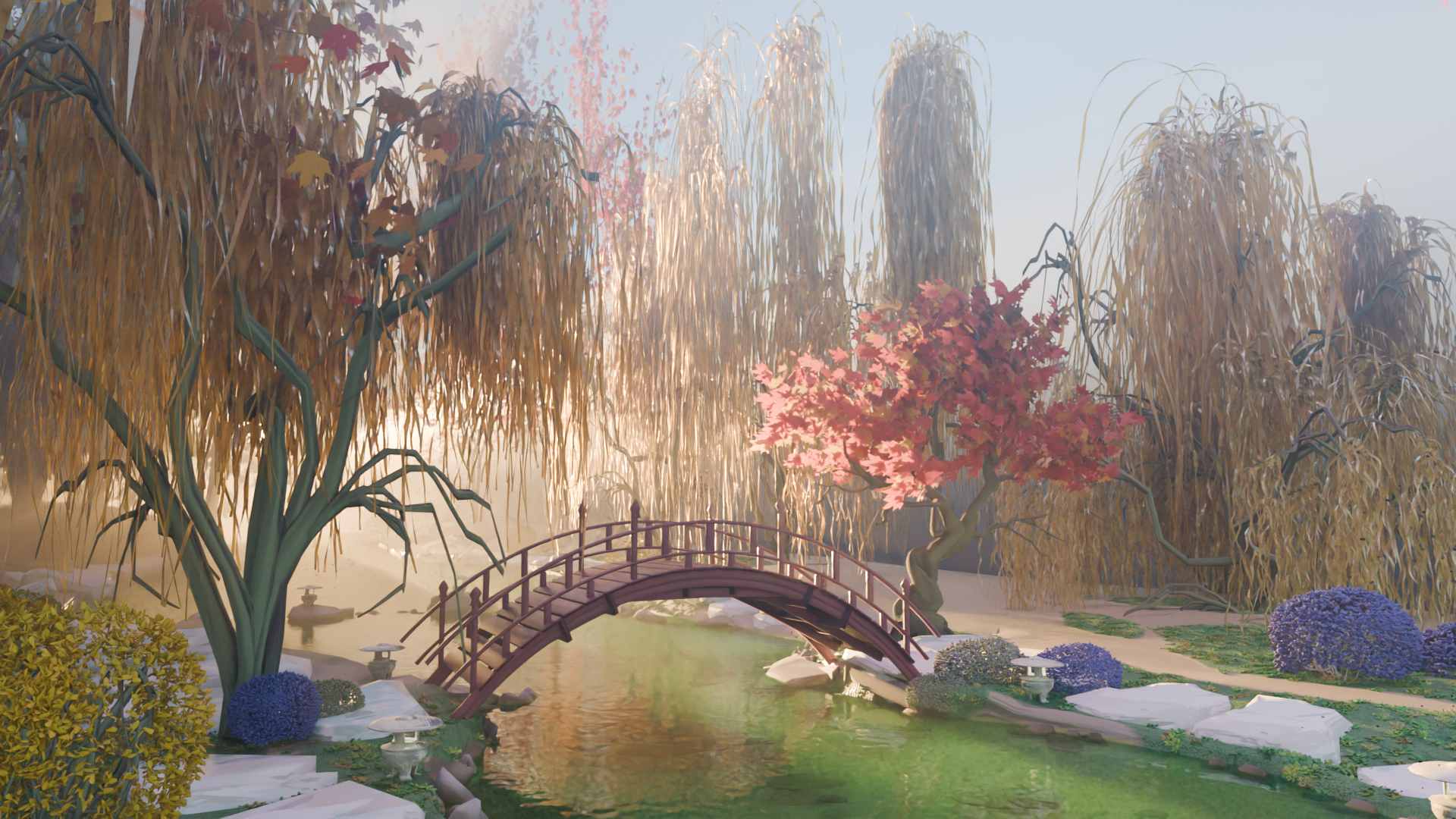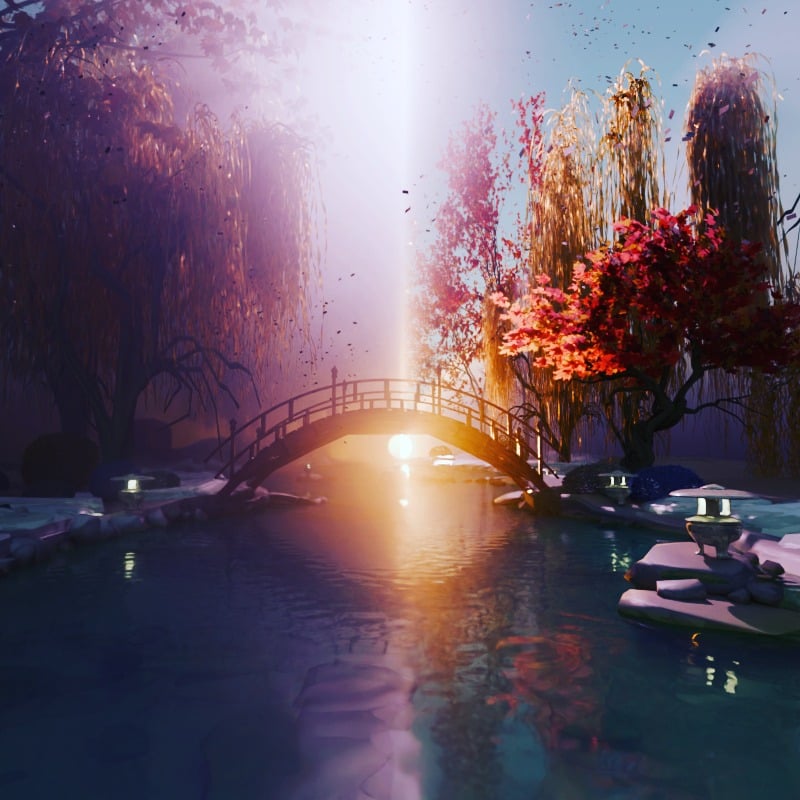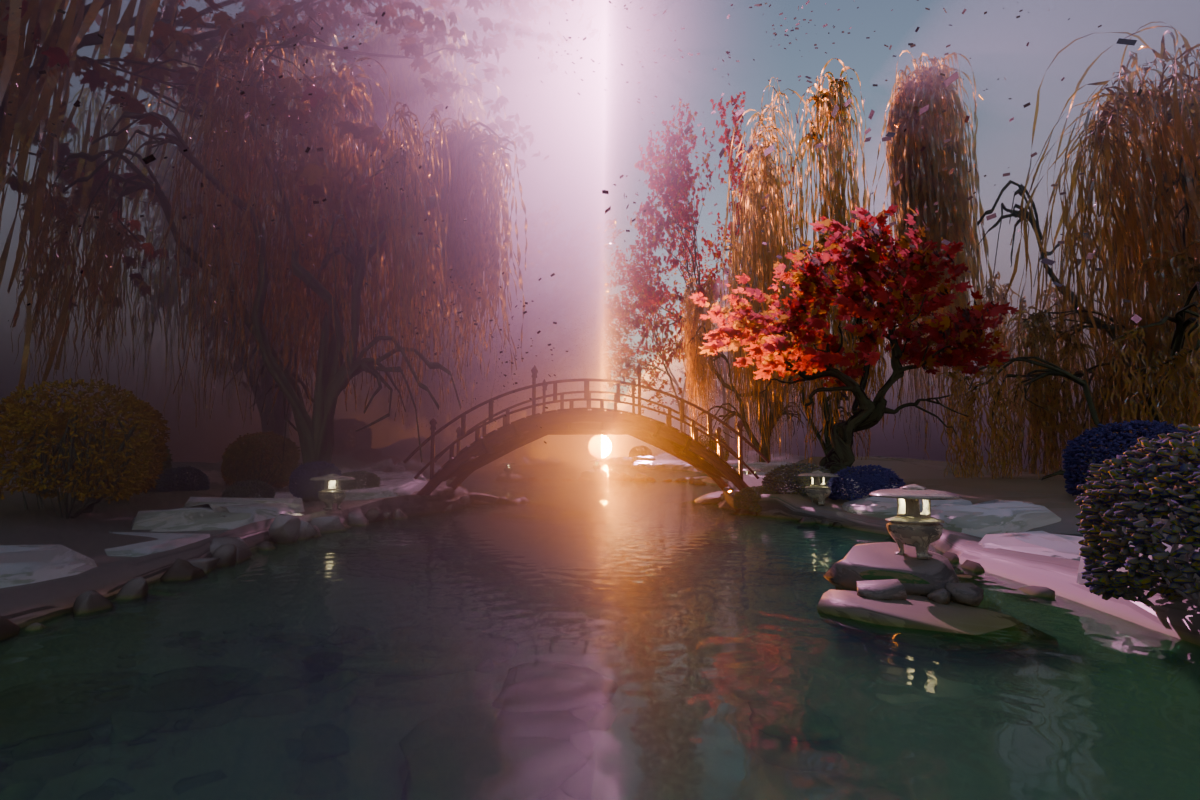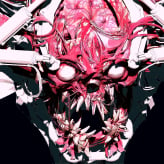The BRAWL² Tournament Challenge has been announced!
It starts May 12, and ends Oct 17. Let's see what you got!
https://polycount.com/discussion/237047/the-brawl²-tournament
It starts May 12, and ends Oct 17. Let's see what you got!
https://polycount.com/discussion/237047/the-brawl²-tournament
Best Of
Re: Scrap Twin Dragon - 3D Creature Model
I agree.iam717 said:^Agree.Congrats on something I've never seen, pretty neat i can see alternatives having a stronger potential, after this one has paved the way for them. AFAIK.Edit: to add more i think a junkyard scene background with a dim lighting of your choosing might've gone a longer way with presentation, your choice.With what sacboi said and my mentions if you come back with the textured version and a representational situation you can still make a grand comeback.Pretty neat indeed.
My PC couldn't run Substance Painter with the high-poly model (it kept crashing), and the low-poly version didn't texture correctly.
1 ·
Re: What made you feel good today?
Those Parakeets look awesome, they do bring a splash of colour to an otherwise tho interesting, drab environment 
 sacboi
sacboi
1 ·
Re: What made you feel good today?
Just finished the Afeela challenge on ArtStation, joined just before the last bell, so good old Blender and ZBrush came in handy, more here: https://www.artstation.com/challenges/afeela/categories/196/submissions/94085





 jozin
jozin
1 ·
Re: Breakdown of the AAA pipeline for game-ready realistic hero props
I mention bevel shader in my breakdown and since there is this excellent technical article about it I thought I'd link it here as well. Might be handy for people who are not familiar with it but want to see the pros and cons and how it works.  Small side note, bevel shader is not something "new", it has been around for quite a while, and you can also set it up in Blender for example. Marmoset just makes it very convenient and easy to use.
Small side note, bevel shader is not something "new", it has been around for quite a while, and you can also set it up in Blender for example. Marmoset just makes it very convenient and easy to use.
 kosh3d
kosh3d
1 ·
Current Industry Standard workflow for 3D artists??
Hi everyone,
I'm currently working on my hard surface game art portfolio and was wondering if anyone had any insights on what workflow is considered industry standard so I know which one to focus on, or does this actually matter? I've always been under the impression that as long as the art looks great, is optimised and works in game, then the workflow and software don't really matter.
However, I've also seen/read/heard many artists talk about workflows like the Weighted Normals workflow being good for games and others more recently talking about the newer bevel shader workflow and of course the good old high to low poly workflow, so you can see my confusion.
Any insights from industry professionals would be really appreciated.
Thank you.
I'm currently working on my hard surface game art portfolio and was wondering if anyone had any insights on what workflow is considered industry standard so I know which one to focus on, or does this actually matter? I've always been under the impression that as long as the art looks great, is optimised and works in game, then the workflow and software don't really matter.
However, I've also seen/read/heard many artists talk about workflows like the Weighted Normals workflow being good for games and others more recently talking about the newer bevel shader workflow and of course the good old high to low poly workflow, so you can see my confusion.
Any insights from industry professionals would be really appreciated.
Thank you.
1 ·
Re: [ZBrush] OVERHANGS WITH SMOOTH GROUP BRUSH/POLISH GROUPS
why not hardsurface model that ?
 Joao Sapiro
Joao Sapiro
1 ·
Re: [ZBrush] OVERHANGS WITH SMOOTH GROUP BRUSH/POLISH GROUPS
Thanks for the reply. I'm assuming you're referring to traditional polygon modeling (Blender, etc...)? No other reason than I'm trying to learn some ZBrush hard surface techniques.Joao Sapiro said:why not hardsurface model that ?
1 ·
Re: Term 1 - Development Projects Progress
Good start.
Do you have a set of inspirations and references you are using? If so you should post them here, to give us an idea of what you're aiming for.
If you don't, then you really need to do this reference-gathering step, before proceeding any further. References as a must-have.
Do you have a set of inspirations and references you are using? If so you should post them here, to give us an idea of what you're aiming for.
If you don't, then you really need to do this reference-gathering step, before proceeding any further. References as a must-have.
 Eric Chadwick
Eric Chadwick
1 ·
Re: Routine - 80's inspired sci-fi horror set on the Moon
I haven't logged in here in a long time but hey, congrats on releasing 
https://store.steampowered.com/app/606160/ROUTINE/
https://store.steampowered.com/app/606160/ROUTINE/
 chrisradsby
chrisradsby
1 ·

